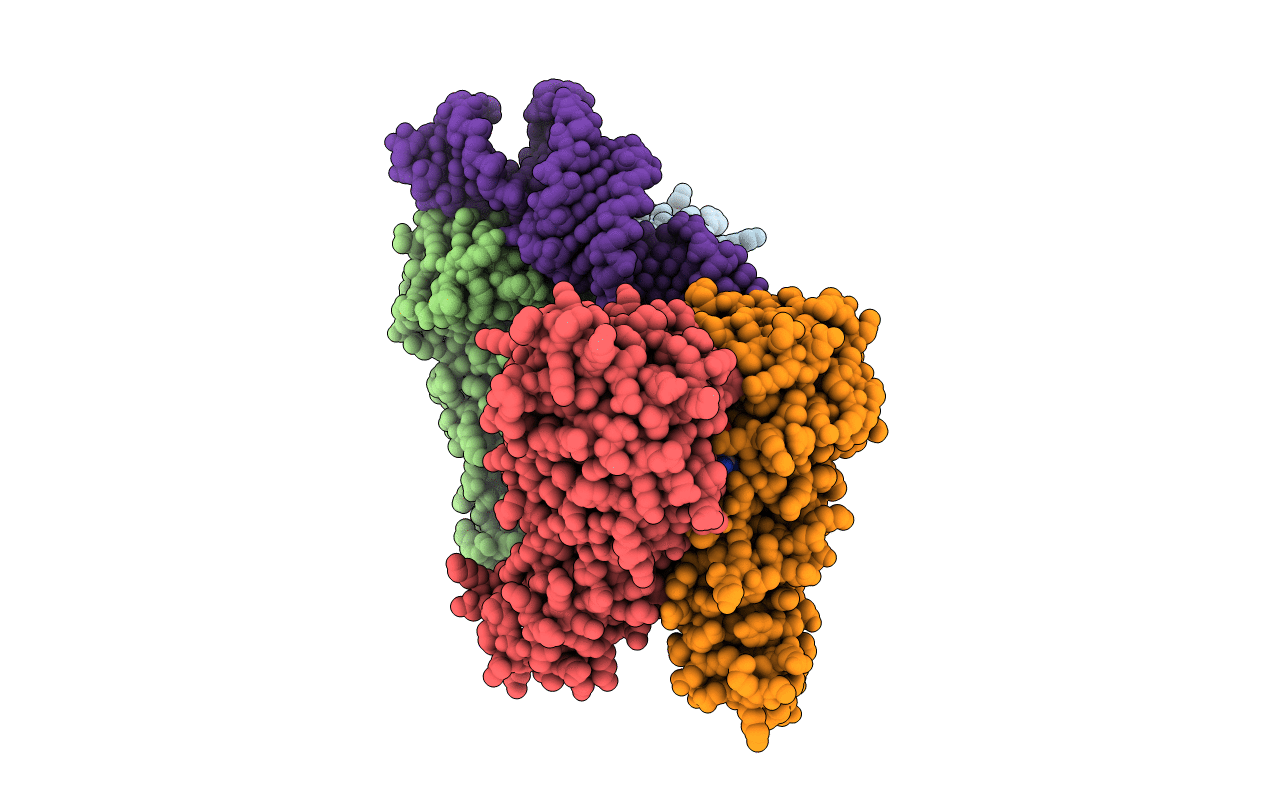
Deposition Date
2013-09-23
Release Date
2013-11-20
Last Version Date
2023-12-20
Entry Detail
PDB ID:
4C7O
Keywords:
Title:
The structural basis of FtsY recruitment and GTPase activation by SRP RNA
Biological Source:
Source Organism:
ESCHERICHIA COLI (Taxon ID: 83333)
Host Organism:
Method Details:
Experimental Method:
Resolution:
2.60 Å
R-Value Free:
0.22
R-Value Work:
0.16
R-Value Observed:
0.16
Space Group:
P 21 21 21


